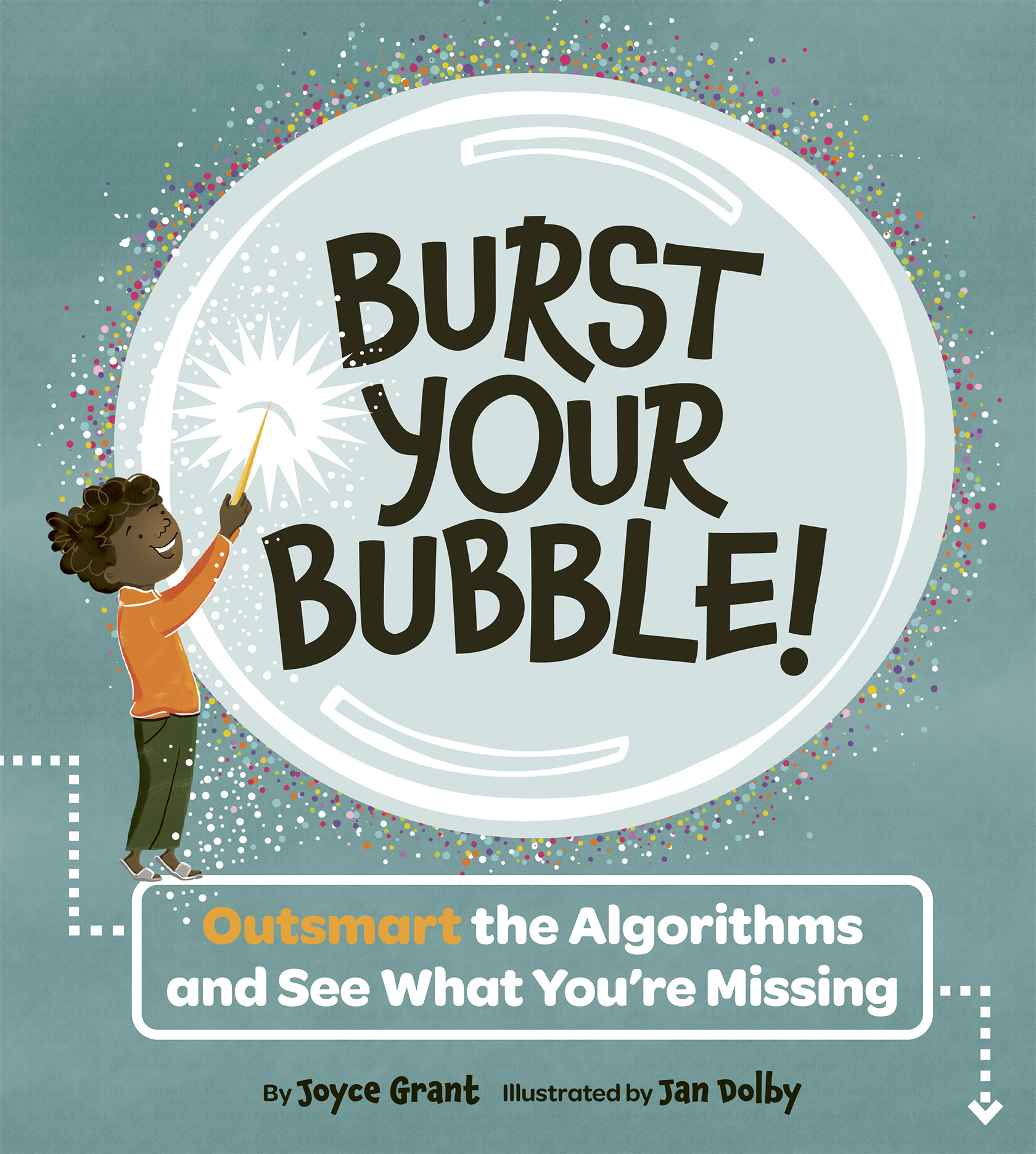 Recently, Japan suffered the fifth largest earthquake in history. Although Japan is extremely well prepared for earthquakes, nothing could have prepared the country for something this big. And that’s not even counting the tsunami (giant wave) that was created by the quake.
Recently, Japan suffered the fifth largest earthquake in history. Although Japan is extremely well prepared for earthquakes, nothing could have prepared the country for something this big. And that’s not even counting the tsunami (giant wave) that was created by the quake.
You may be hearing news reports about “radiation” and “nuclear reactors.”
The earthquake damaged four enormous buildings that supply power to Japan. They are called “nuclear reactors” and they supply nuclear power that creates electricity for the country.
Normally, nuclear reactors are very safe. They supply clean energy and can create a lot of electricity.* For a country like Japan, which is relatively small but uses a lot of electricity, nuclear energy has been important.
However, the buildings that house the reactors have been damaged by the earthquake and the tsunami.
The reactors are leaking a type of energy called radiation. Radiation can be harmful to people who are exposed to it.
People around the nuclear power plants in Japan have left the area. They are being scanned to make sure they are not covered in radiation. In some cases, they have had to take special baths to clean any radiation from their bodies.
There is a worry that radiation can also get into some of the food growing in Japan, so the people who take care of the farms must be very careful to have the food tested.
It is not likely that any radiation will affect people except in areas close to the reactors. And even those people are being cared for by the Japanese government, which is not only well prepared but is also acting extremely efficiently to look after its people.
There have been many stories of heroism and bravery by the Japanese people as they work to rebuild after the tragedies. Here is one reported by The Toronto Star:
In an example of the tsunami’s force, the wave swept a collapsed house out of a devastated neighbourhood in the city of Ishinomaki and deposited it near a river about 100 metres away. A 16-year-old boy and his grandmother who were trapped inside survived and were rescued Sunday when the boy, Jin Abe, was finally able to crawl out of the smashed home and get the attention of a police patrol. Abe told Japanese broadcaster NHK on Monday from his hospital bed: “I’m so relieved to be rescued.”
He and his 80-year-old grandmother, Sumi Abe, were wedged under debris in the kitchen of their smashed two-story home and ate snacks and drank water from the nearby refrigerator as they lay trapped in the debris.
These are ongoing events, and historic ones. You will want to follow the situation in the newspaper and also talk about it with your parents, caregivers and teachers. You may have many questions about what is happening in Japan and it is important that you have answers. TKN will continue to follow this story. In the meantime, do make the time to talk to adults you know about the things that are happening in Japan.
To comment on this story, or anything else you see on our website, kids, teachers and parents are encouraged to visit our Facebook page.
*Many people have different opinions about how safe and clean nuclear reactors are. Make sure you have a conversation with a parent, teacher, or an adult you trust before making your opinion.
CURRICULUM CONNECTIONS
Writing/Discussion Prompt
When events are very challenging and difficult, as they are in Japan, many people are able to find the courage and strength they need to survive and to help others. Why do you think some people respond to problems heroically while others do not?
Reading Prompt
Often it is very difficult to read words that are from another country. In today’s article, when you had to read words like: Ishinomaki and Tsunami, did you read one chunk of the word at a time to help you sound it out? If you did, you used a very helpful tool called syllables, to help you with your reading!
Primary & Junior
Predict the meaning of and rapidly solve unfamiliar words using different
types of cues, including: graphophonic (phonological and graphic) cues (e.g., onset and rime; syllables; similarities between words with common spelling patterns and unknown words; words within words)(OME, Reading: 3.2)
Grammar Feature: Irregular Verbs
Most of the time, when we want show that a verb (an action) took place in the past, we simply add the suffix “ed” to the end of it. For example, the words “walk,” “boil, and “kiss” have the letters “ed” added to the end to show that they happened in the past (walked, boiled, kissed).
Some verbs are not regular though, they are called irregular verbs. When we want to show that an irregular verb has happened in the past, we need to change letters inside the word. For example, today’s article, shows how verbs like “sweep,” when written about past events, becomes “swept,” and the verb “tell” becomes “told.”
Write the past form of the following irregular verbs:
give _____________________ begin _____________________
run _____________________ come _____________________
take _____________________ drink _____________________
see _____________________ do _____________________







